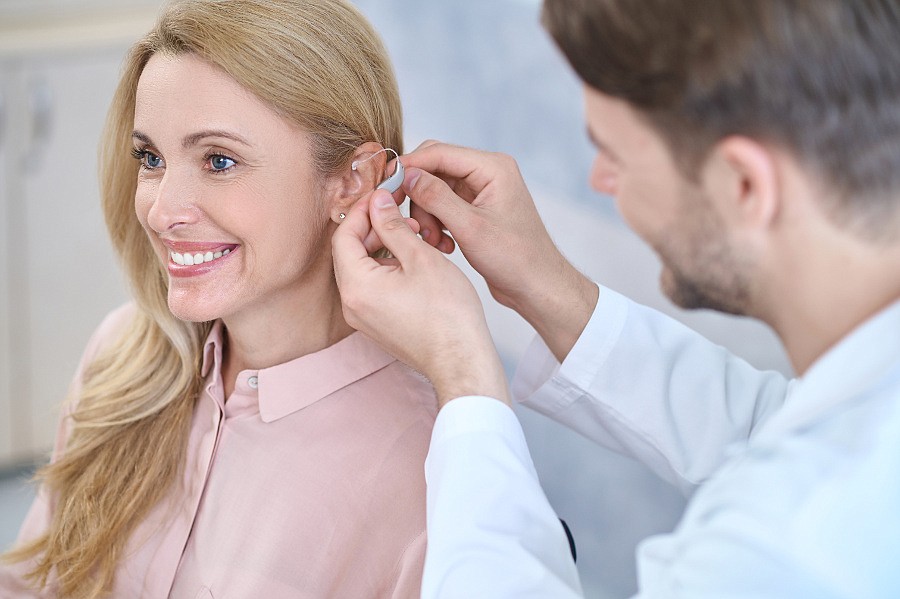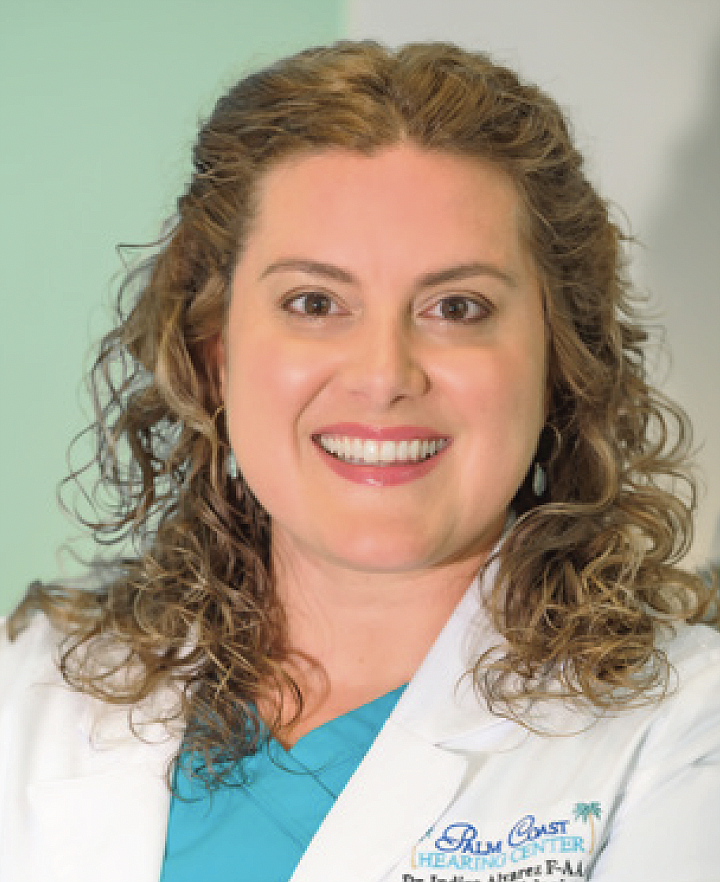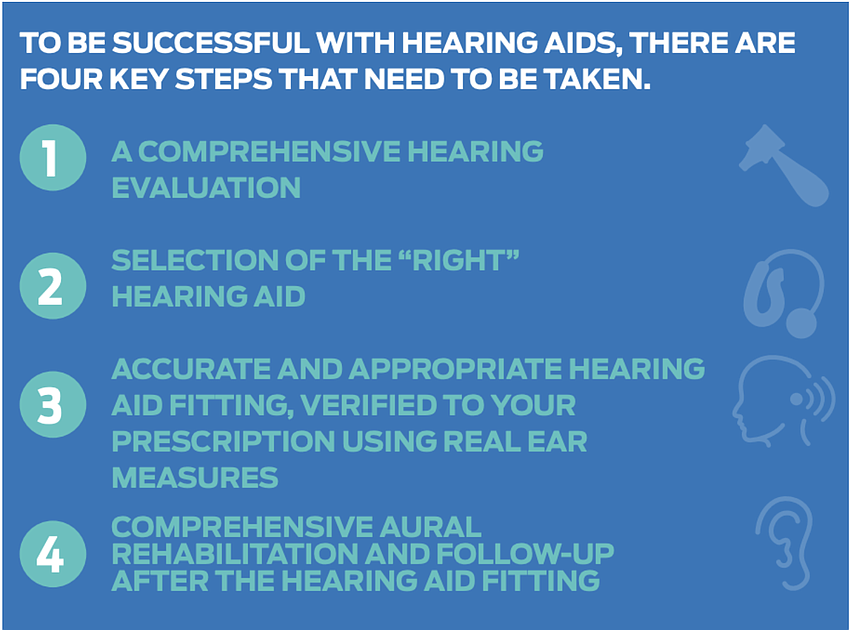- November 21, 2024
-
-
Loading

Loading


Because of the advertising and messaging around hearing aids and hearing care in general, many people tend to think of hearing aids like a commodity; in which regardless of where or how you get one, which one you get, the outcome is much the same. “One size fits all”, right? Actually, that’s NOT right. When it comes to treating your hearing loss, it is not that simple.
Last month we covered how important getting the “right” hearing aid is to your success. This month we are going to talk about how important it is to make sure that your audiologist has the training and expertise to ACCURATELY fit your hearing aids. Specifically, making sure your audiologist is fitting your hearing aid to your prescription, and that he/she is using the proper equipment to VERIFY that the settings in the hearing aids match your prescription.
Many people do not know that hearing aids are fit to a prescription; like your eyes when you get an eye exam, the doctor evaluates not only the overall health of your ears but also determines the prescription that drives the sounds that your hearing aids produce. When you get glasses, the doctor is using the prescription from the eye exam for your glasses- if you pick up someone else’s glasses, even though they may be very nice, very fancy designer glasses, if the prescription isn’t right, you won’t see very well! Hearing aids are similar except even more complex, because the way that the brain processes sound is more complex than how it processes vision. Unlike hearing aids, glasses are not constantly changing and adapting to what you see...your eyes do the “focusing”. Hearing aids however, are constantly changing the way the microphones and circuits react, doing most of the “focusing” for you. Also, unlike glasses, today’s prescription hearing aids can be re-fit and adjusted when your hearing changes. You don’t need to get new hearing aids - if your vision changes, you have to get new glasses.
When your hearing aids do not fit properly, it could be as simple as feeling like you aren’t hearing as well as you should. Or it could be as serious as damage to your hearing and ears (i.e., sore ear canals, discomfort and pain with certain sounds, etc.).

Unfortunately, there are no legal requirements for providers who dispense hearing aids to be trained in the proper verification of the hearing aid fitting in the state of Florida. If you are seeing a Doctor of Audiology, then you can be assured that they have had the training and rigorous certification process that includes fitting and verification of hearing aids. They use Real-Ear Measures to fit and verify your hearing aid prescription. Your provider should perform real-ear measures at the time of the hearing aid fitting and every time your prescription changes, to make sure your prescription is correct. Simply connecting your aids to a computer and changing the settings is not real-ear measurement. REM is a special test that is done both with and without your hearing aids, so the provider can compare what you are hearing with and without your hearing aids, and they compare those measurements to your prescription. Want to learn more about Real-Ear Measures? Go to www.ormondhearingcenter.com/blog. If you already have hearing aids, and you aren’t hearing well, call and schedule an appointment to have real-ear measures performed on your current devices. If you are considering treating your hearing loss, make sure you ask “Do you verify your hearing aid fittings with REM? And where did you get your training?”